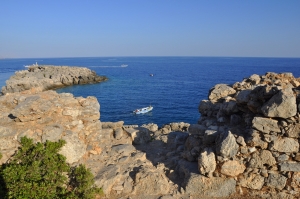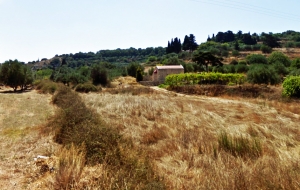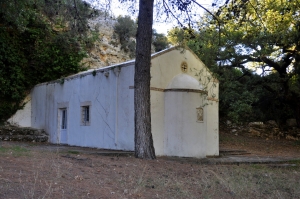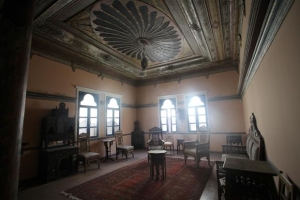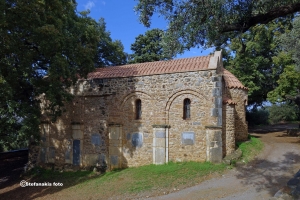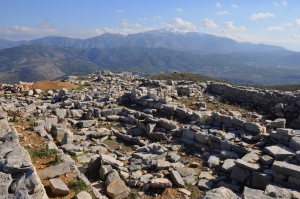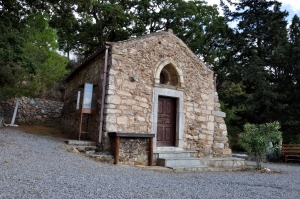Most visitors of Loutro know about the fortress of Koules, which even today dominates over the village.However, they are unaware of the existence of a second fortress which is very easily accessible. The fortress of Kastella is located south of the village and next to the harbor where the big ships from Chora Sfakion stop.
The church of St George is a three aisled basilica with a raised middle aisle. Its foundation dates back from the 13th to 14th century and is the largest frescoed church of Archanes. During the last renovation (18th-19th century) the gradients of the roof were decreased and altered its form.
This part of the E4 is one of the easiest you can find in Crete as it is entirely through paved and dirt roads (in fair condition). As it is quite long, you can explore it by car, but we suggest thinking of cycling. The route offers good views to the olive groves of Pediada province.
The church of Saint John Rigologos (Saint John the Forerunner) is located at an elevated position wooded with cypress, plane and pine trees, south of Archanes. The church has been built under a rock shelter and the surrounding place is perfect for a picnic and hiking from Archanes.
The house of John Chronakis is a beautiful Ottoman house in the center of Heraklion, which belonged to the Bey Rasih Asprakis. It was restored in 1991 and houses various art objects. Apart from the exhibits, the visitor can see the hammam, the indoor fountain, the murals, the woodwork and rich decorations of ceilings of this excellent sample of Ottoman mansion.
Agios Panteleimonas is a Byzantine church that must be one of the oldest in Crete. It is about 3 Km away from Kasteli. On the outer walls of the church, there are marble crosses and inscriptions that must belong to an older Roman or Byzantine building.
At the top of the rocky hill of the Prophet Elijah (Profitis Ilias) near Smari, at an altitude of 590m, there are the ruins of a citadel with a strong defensive wall. The place has panoramic views across the fertile planes of Kasteli and Smari. According to the archaeologist Hadjivallianou, the citadel was the actual site of ancient Lyttos mentioned by Homer. The city was inhabited from 1800 BC till 630 BC, before being abandoned by its inhabitants.
Near Diavaide there is the church of St. George Sfakiotis, bearing frescoes of the 14th century (there is an inscription of 1390). One of the frescoes represents St. George and St. Demetrius on horseback crossing the sea with octopuses, crabs, eels, and lobsters below their legs.





